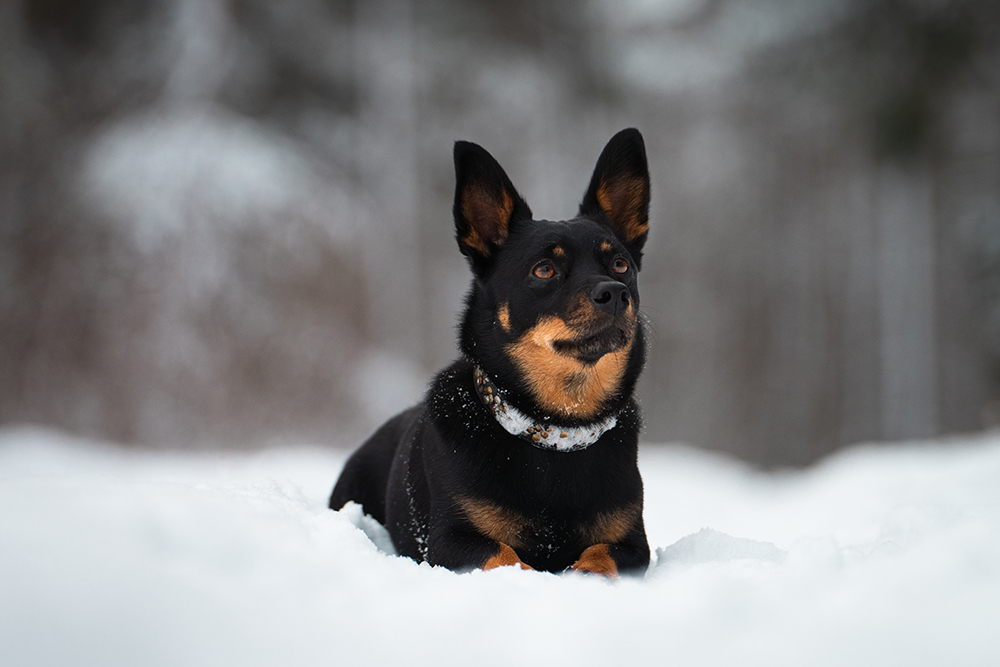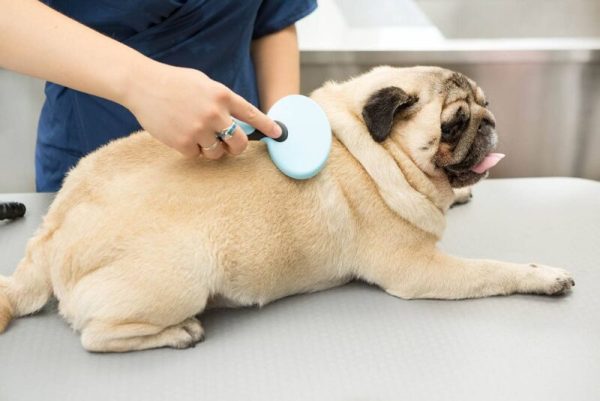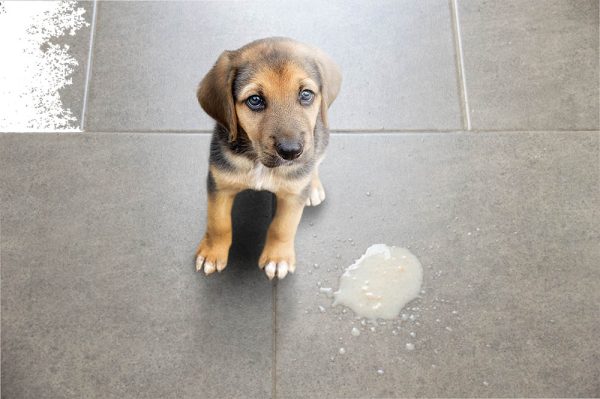Our canine companions might seem better suited to cold weather than humans, but are they actually? After all, many of them have warm coats to keep them cozy and thick skin on their paws to protect them, so they should stay much warmer than us when temperatures drop. Unfortunately, dogs are also susceptible to the cold, and can get frostbite (and even hypothermia!) just like us.
How cold does it have to be for a dog to get frostbite, though, and what do you do if your dog develops it? Here’s a look at everything you need to know to prevent and treat frostbite in dogs.

What Is Frostbite?
Frostbite is caused by extreme cold that damages the skin and tissue. This damage occurs because when skin is exposed to frigid temperatures, blood vessels that are close to the skin start to narrow, reducing blood flow. This decrease in blood flow is caused by the body directing blood to its core in an effort to preserve core body temperature and functioning of vital organs.
In extreme cold or when exposed to the cold for long periods of time, this can reduce blood flow to the extremities to critically low levels and lead to frostbite and tissue damage. These extremities can include the nose, the tips of the ears, the tail, the scrotum, and the toes.
The risk of frostbite typically begins when temperatures drop below 32°F and increases the further the temperature falls.
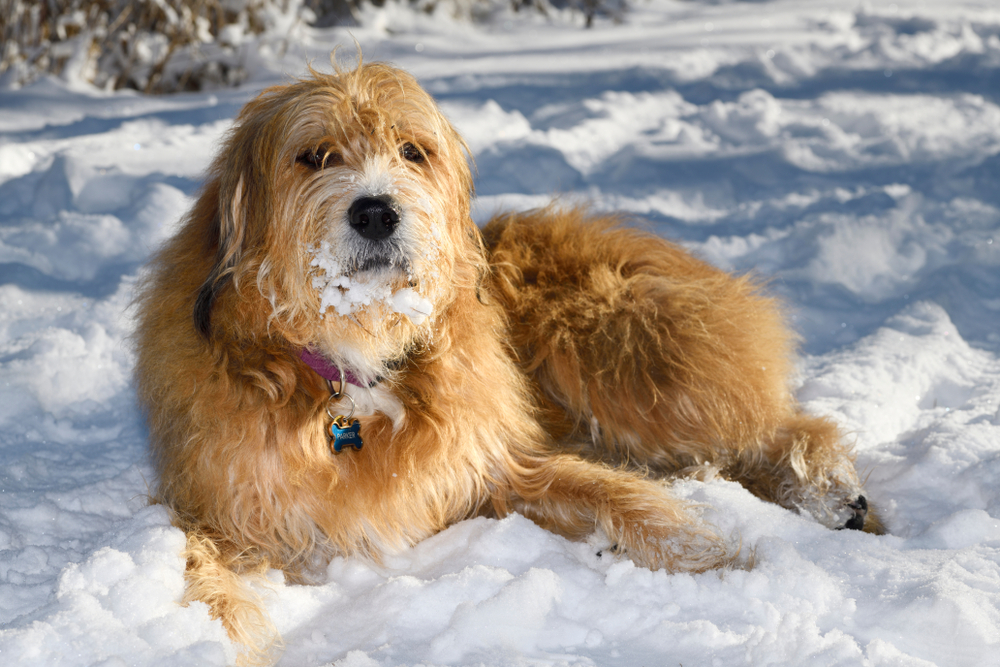

What Are the Signs of Frostbite in Dogs?
While frostbite in dogs is similar to frostbite in humans, it can be more difficult to recognise the early stages of frostbite in dogs. The first signs we might notice ourselves is our skin turning red and numb, the color changes may not be as obvious in dogs especially in pigmented areas like paw pads. Frostbite might also not show signs until a day or two after a dog has experienced extreme cold.
- Skin that is cold to the touch
- Ice or snow around the area that has been affected
- Pain when touched
- Discoloration of the skin (red initially then pale/gray/blue)
- Swelling of the area
- Blisters or ulcers
- Areas of black/dead skin
Frostbite can be classified from superficial to deep injury. If frostbite is superficial, it has only affected the superficial (outer) layers of a dog’s skin. These top layers of skin may feel frozen or stiff, but the skin beneath will be warm and soft. Superficial frostbite shouldn’t cause permanent damage. Then, there’s deep frostbite, which affects the skin and sometimes subcutaneous tissues beneath those superficial layers. This can be severe and causes intense pain, and sometimes irreversible damage.
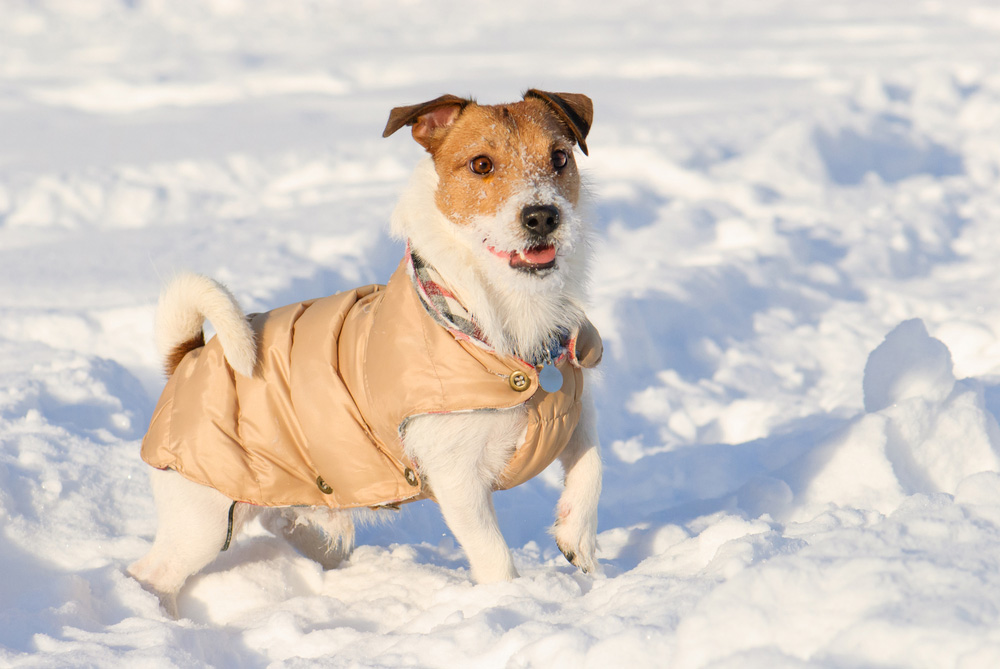
What Are the Causes of Frostbite?
Freezing temperatures cause frostbite, but the exact temperature at which a dog develops frostbite can vary depending on the weather, what kind of dog they are, and the environment.
Take smaller breed dogs or those with short hair. For these dogs, frostbite can develop quite similarly to how it would in a human. So, if the temperature is 0°F or below, it may only take around a half hour for these dogs to get frostbite. If the temperature is -15°F or lower, frostbite could develop within 15 minutes for them.
This also depends on the weather and environment around the dog. If a dog is in wet or windy conditions frostbite (and hypothermia) will develop more quickly. Moisture (such as if a dog was wet or their bedding was) doesn’t allow a dog to warm properly, nor does it let air flow properly, which increases the risk of frostbite. Wind also affects a dog’s ability to stay warm enough. And if a dog is in a higher elevation, there’s less oxygen in the atmosphere, which affects tissue oxygenation, making them more at risk of frostbite.
Underlying health conditions or a dog’s age can also affect how quickly they develop frostbite. Puppies aren’t able to regulate their body temperature very well, so they will be faster to get frostbite, while senior dogs may have less muscle mass and body fat, meaning they can’t stay as warm, which makes them more susceptible. And canines with underlying health conditions, especially those that affect how well the blood circulates like heart disease, are also quicker to develop frbostbite.
Don’t think that if you have a breed made for cold weather, like an Alaskan Malamute or Siberian Husky, they can’t get frostbite, either. They may have better tolerance of the cold, but frostbite can still happen.
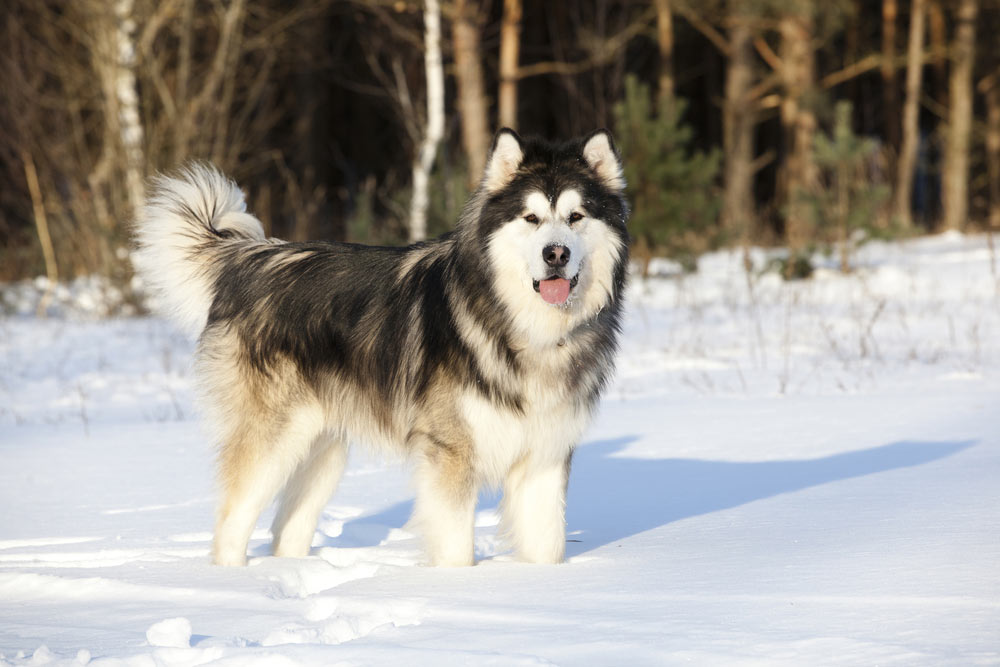

How Do I Care for a Dog With Frostbite?
Frostbite doesn’t typically cause death, though it can leave permanent damage. However, a dog with frostbite is very likely also hypothermic (has an extremely low body temperature), and that is life-threatening. Plus, the complications from frostbite, such as secondary infections and gangrene, can be extremely serious. As such, if you think your dog has frostbite, you need to get them to the vet quickly.
Before you take your dog to the vet, though, wrap them gently in a blanket or warm towel. This will help them to begin to gradually start warming up again. You can also try warming any frostbitten areas with water that is slightly warm (never hot!). Don’t rub the skin or try to warm your dog up with a heating pad or hair dryer, though, as this can cause further damage to the already damaged tissue! Warming skin back up slowly is key. Keep your pet wrapped up warmly while on the way to the vet.
A vet will usually be able to make a diagnosis of frostbite rather quickly, as they will know the dog was in extreme cold and will be able to see the affected skin. They might need to run some additional tests to check there are no health conditions or infection that could make healing the frostbite more difficult.
If the dog is hypothermic, vets must address this as a priority. As the affected tissues are very painful as they warm up, pain medications will usually be given. Antibiotics may be prescribed to treat any infections secondary to the frostbite. In severe cases surgery (and even amputation) may be needed to remove dead, non-viable tissue. Surgery will usually be delayed until the extent of the damage is apparent, which can take several days or even weeks.
You can also consult a vet online if you need quick and easy access to an expert’s opinion.
Did you know you can speak to a veterinarian without having to travel? Just head over to PangoVet. It's an online service where you can talk to a vet online and get the advice you need for your pet — all at an affordable price!


Frequently Asked Questions (FAQ)
Just in case the above hasn’t given you all the answers on frostbite in dogs you were looking for, here are a few frequently asked questions many people have.
How can I prevent frostbite in my dog?
The best way to prevent your pup from getting frostbite is to keep them indoors when the temperatures drop. If your dog must be outside temporarily, even when it’s cold, ensure they have an area to stay in that’s safe from the wind and warm, dry bedding. You might also want to put boots and a coat or sweater on them for these short outdoor trips.
How long does it take for frostbite to heal?
It depends on how severe the damage to the tissue was. Mild frostbite will probably heal within a few days, while more severe cases could take weeks or even months.
How can I keep my overly energetic pup entertained when they need to stay indoors when it’s cold?
Having an incredibly energetic and active dog can make it difficult to keep them inside because they get bored, and that can lead to destructive behavior. However, there are ways you can keep them entertained. To keep them occupied, provide them with plenty of mental stimulation, such as puzzle games. Have lots of toys on hand to distract them when needed. When you do take them out for bathroom breaks, play fetch for a couple of minutes to help wear them out. You could also invite a friend and their dog over for an indoor doggie playdate!

Conclusion
Dogs who are outside when temperatures reach freezing or below are at risk of frostbite. If this happens with your dog, you should wrap them up in a blanket or warm towels and get them to the vet immediately. Frostbite often goes along with hypothermia, which can be life-threatening, and it can cause other serious complications, such as infections or gangrene, so a vet will need to be seen. You can prevent your dog from developing frostbite, though, by keeping them indoors when the temperature drops.
Featured Image Credit: Christoffer Martensson, Shutterstock
